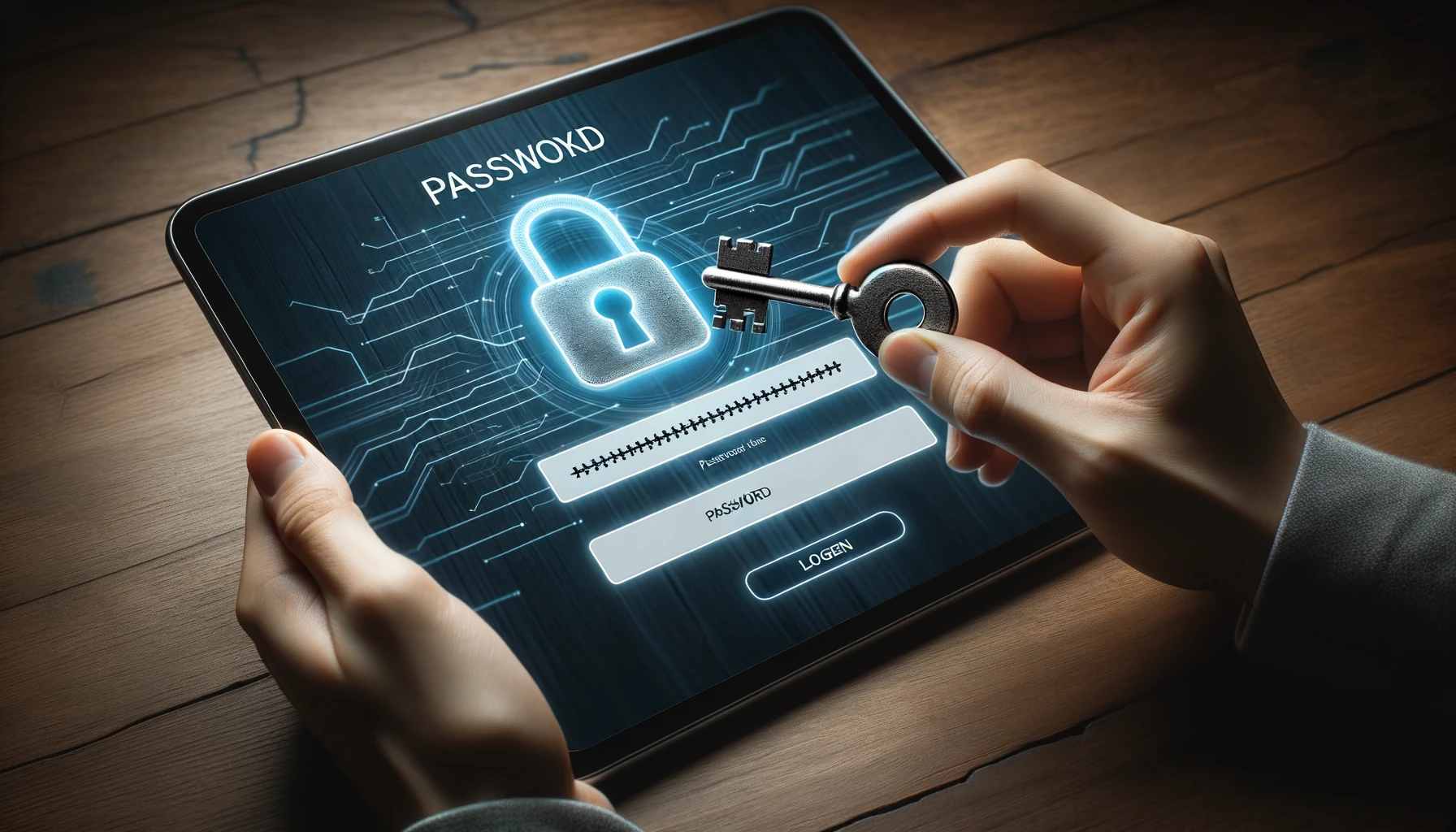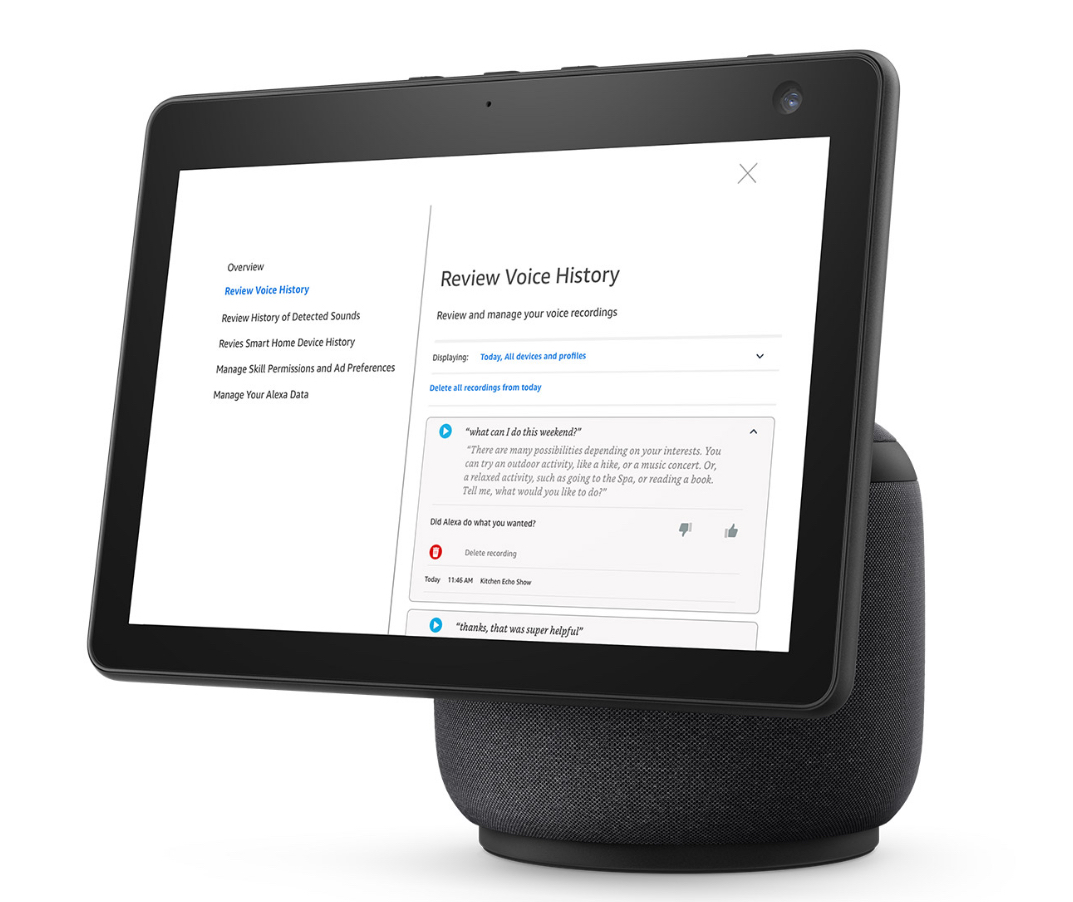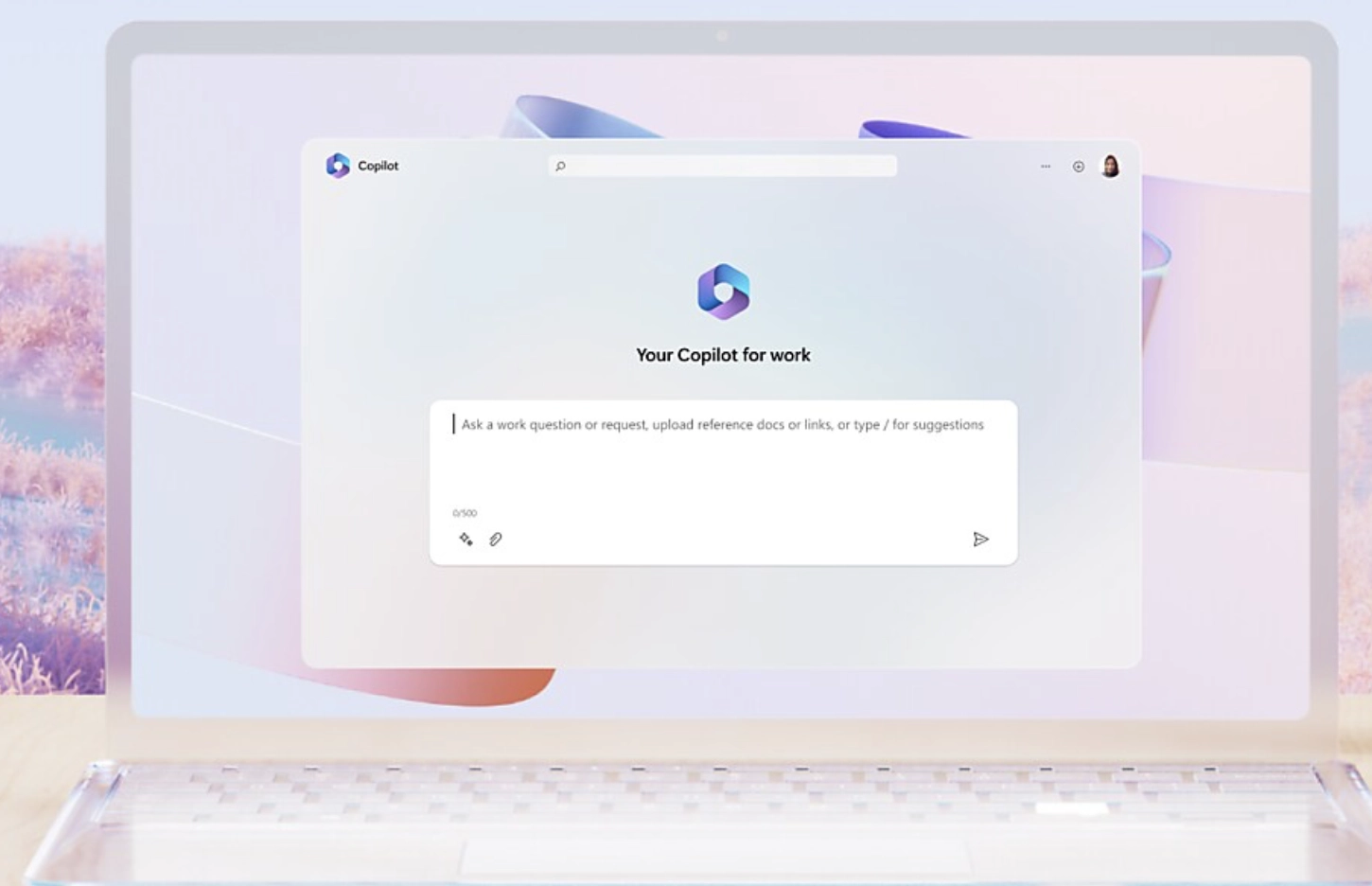October 16, 2023- 3RD OF 3
Navigating the Digital Security Transformation: How Passkeys Differ from Traditional Passwords and Why It Matters
As we navigate the complex digital landscape of the 21st century, our traditional cybersecurity measures, particularly the conventional password system, reveal their limitations more each day. Enter the era of 'passkeys,' a sophisticated and holistic approach to digital protection that mitigates the shortcomings of its predecessors. But how do passkeys stand apart from traditional passwords, and what makes them the beacon of digital security?
The Limitations of Traditional Passwords:
Conventional passwords, the keys to our digital lives, are strings of characters that users must remember and keep secret. However, this system is deeply flawed, primarily because of its reliance on human memory and behavior. Users often create easily remembered—and easily guessed—passwords, reuse them across multiple platforms, or jot them down insecurely, making them ripe targets for cybercriminals.
Moreover, traditional passwords are vulnerable to various hacking techniques. From brute force attacks, where hackers try many passwords until one works, to phishing scams that trick people into revealing their passwords, these vulnerabilities can lead to significant data breaches.
The Advent of Passkeys: A Different Mechanism
Passkeys take an entirely different approach. Instead of relying on something you must remember, they depend on something you have or inherently are, such as a security token, a mobile device, or biometric data. This method of authentication could involve scanning your fingerprint, recognizing your face, or confirming a prompt on your smartphone, thus eliminating the 'memory factor' required for traditional passwords.
One key distinction is that while a password is a static piece of information, passkeys often involve dynamic data that changes per session, like a one-time code sent via SMS or generated by an app, making them useless if intercepted by hackers.
Enhanced Security through Layered Authentication:
Passkeys often employ Multi-Factor Authentication (MFA), which requires users to present two or more separate credentials for verification. This additional layer of security ensures that even if a cybercriminal compromises one authentication factor, they cannot access the account without breaching the other layers, which is highly improbable.
g-ad
User-Centric Convenience:
In addition to bolstering security, passkeys address one of the most frustrating user experiences: password fatigue. The convenience of not having to remember, retrieve, or reset a password every time you access a secure service is a game-changer. It's not just about creating a barrier but about making the authentication process as seamless and non-disruptive as possible.
Economic Efficiency and Systemic Benefits:
For enterprises, passkey authentication reduces the significant costs associated with password recovery and the help desk support tied to it. Additionally, by minimizing the risks of data breaches, organizations can avoid the potentially catastrophic financial and reputational damages associated with such incidents.
g-ad
Addressing Implementation Challenges:
The road to widespread passkey adoption is not without its hurdles, particularly around the initial cost of infrastructure development, privacy issues associated with biometric data, and logistical management. However, these are surmountable with comprehensive planning, stakeholder education, and robust, user-focused privacy regulations.
In the ever-evolving battle against cyber threats, passkeys represent a quantum leap over traditional passwords. By understanding how they fundamentally differ in approach, from negating the human error factor to providing robust, multi-layered security, we see why their adoption is critical. The digital world is in dire need of advanced, user-convenient, and highly secure authentication methods, and passkeys boldly answer that call. Transitioning to this technology is not merely an upgrade; it's an imperative shift in our digital security paradigm, promising a safer and more efficient digital sphere for individuals and enterprises alike.

















































.webp)
.webp)














































